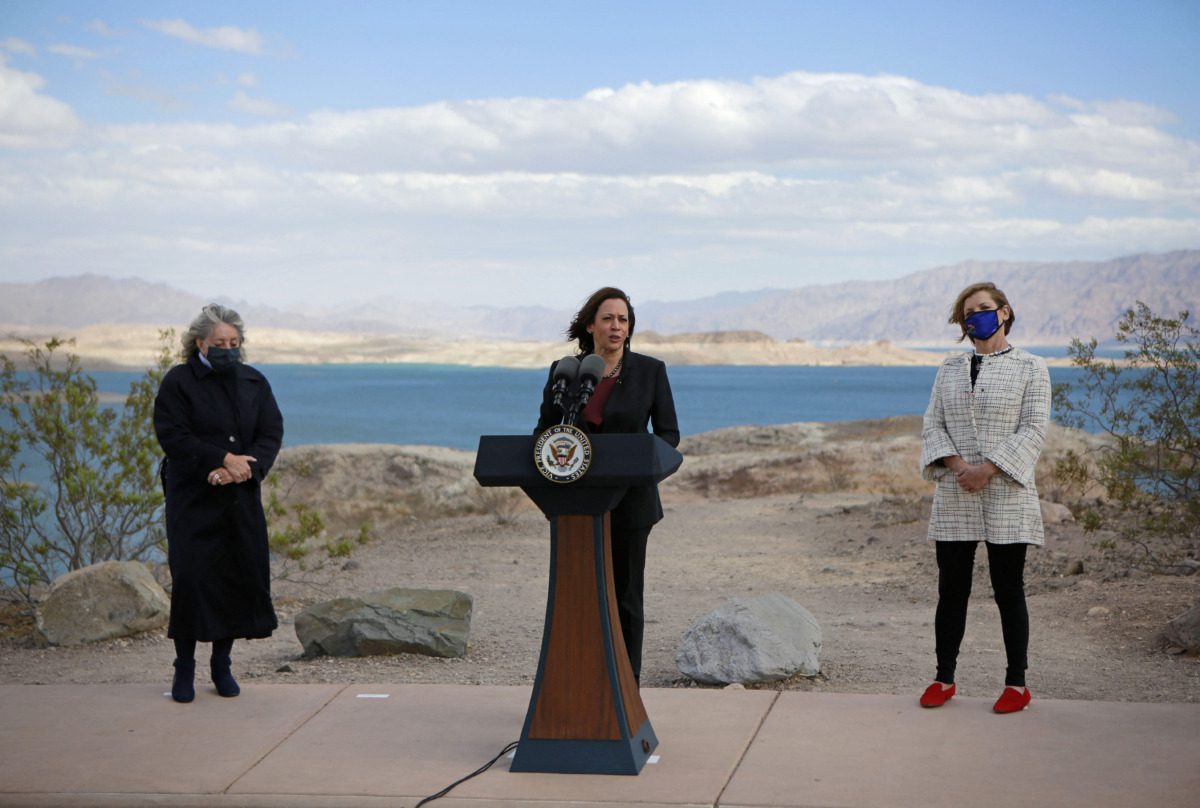
Congresswoman Dina Titus (D-NV) and Nevada Representative Susie Lee (R) listen as Vice President Kamala Harris speaks to the media at Lake Mead National Recreation Area on October 18, 2021, in Boulder City, Nevada. - Harris visited Southern Nevada to speak about climate change and the importance of water. (Photo by Ronda Churchill / AFP) (Photo by RONDA CHURCHILL/AFP via Getty Images)
As the first Black and AAPI woman to lead the ticket for a major political party, Kamala Harris’ candidacy is historic. Her climate and clean energy record speaks for itself: When asked to compare Harris’ and Trump’s energy and climate policies, voters say they prefer Harris’ approach by a +12-point margin.
As two women of color who are also climate and clean energy champions in Nevada, we’re excited about Vice President Kamala Harris’ leadership on this issue and determined to help spread the word about what’s at stake for our state this election.
As attorney general, senator, and vice president, Kamala Harris has proven herself a fierce champion of clear air and water. While in the Senate, Harris authored legislation on a range of water issues, including clean water, lead pipeline replacement, and drought resilience, that were eventually passed into law as part of the Bipartisan Infrastructure Law. Harris often recounts her personal experience with drought and water issues growing up in California and, as vice president, led the administration’s plan to advance global water security.
Like us, Kamala Harris understands that communities of color and low-income communities are all-too-often on the front lines of the climate crisis, from extreme weather to pollution. In the Senate, Harris sponsored the Water Justice Act, which aimed to ensure water supplies were “safe, affordable, and sustainable,” and invest in communities and schools to remove water contaminants. Harris also championed investments to replace all lead pipes in the next decade.
As vice president, Harris helped implement and advocate for the administration’s Justice 40 Initiative, including supporting a $600 million grant funding environmental justice projects across the country. Harris has also made it clear that she’ll side with everyday Nevadans over Big Oil Billionaires. While Trump promised these billionaires he would get rid of environmental regulations in exchange for $1 billion in campaign donations, Kamala Harris has had a long career of holding Big Oil and Gas accountable.
As attorney general, Harris secured $50 million in settlements from lawsuits against Big Oil giants Chevron, BP, ConocoPhillips, and Phillips 66. She directed her office to investigate possible criminal violations after an oil pipeline spill released up to 143,000 gallons of crude oil in 2015, damaging Santa Barbara’s coastline. Harris supported ending subsidies for Big Oil—Trump, on the other hand, gave Big Oil $25 billion in tax breaks as he was president.
It’s no surprise whose approach voters prefer. Voters say they favor Harris’ record of holding oil and gas companies accountable for profiteering and gouging Americans at the pump by a +22-point margin over Trump’s record of offering large tax breaks and other financial incentives to the fossil fuel industry.
As if all that wasn’t enough, Harris played a key role in the passage of the Inflation Reduction Act. This legislation, part of the Biden-Harris administration’s clean energy plan, has created 20,448 jobs and $14.5 billion in investment in Nevada in the past two years alone. The plan is projected to bring over $2.7 billion of new investment in large-scale clean power generation and energy storage to Nevada by 2030, supporting the more than 32,000 clean energy workers already in the state.
One example of the innovation that the clean energy plan is bringing to Nevada is the battery materials manufacturing campus being built by Redwood Materials in McCarran. Thanks to a $2 billion loan from the Department of Energy, the Redwood Materials facility will create 3,400 good-paying construction jobs comprised of union, minority-owned, or woman-owned businesses. The facility will employ 1,600 full-time employees.
This kind of investment and innovation will disappear under a second Trump term. Trump has made his opposition to clean energy clear, even if it means losing jobs in our state. Not only can we not afford to lose these jobs, our planet is getting warmer by the minute, and clean energy can help us find our way out of the climate crisis.
Reno and Las Vegas are two of the fastest-warming cities in the country. By 2050, the number of heat wave days in our state is projected to increase from 15 to nearly 55 days each year. People living in urban heat islands, outdoor workers, and the unhoused are especially at risk when temperatures soar to dangerous heights. The extreme heat in Nevada brings a flip side of untapped solar potential.
New solar and wind energy investments will help reduce energy costs in Nevada, as the costs of solar and wind power in the state are projected to drop by 22% and 35%, respectively, over the next 30 years. But what does Trump want to do? Turn away from our clean energy future and revert back to our fossil fuel past.
As Vice President Harris likes to say, “we’re not going back.” Clean energy is the way forward. We’re excited to support Kamala Harris in her historic candidacy, and excited about the promise of what a Harris presidency could bring for Nevada and for the country.

Condena Chispa Nevada el retiro de apoyo en su pago de electricidad a familias de bajos ingresos
Chispa Nevada condena que la administración Trump retire ilegalmente el financiamiento del programa de Nevada para reducir las facturas de...

Biden admin moves to shield Nevada public lands from mining with support of tribes, local leaders
In one of President Biden’s last moves in office, his administration has moved to protect 269,000 acres of public land in Nevada from a proposed...
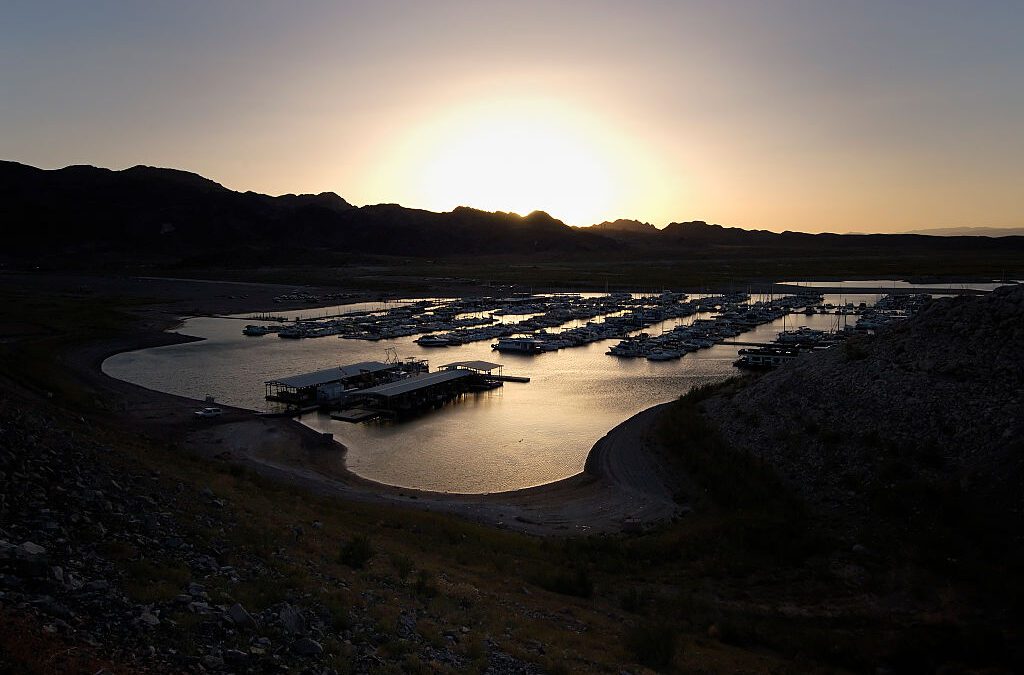
Many fear help for Nevada water conservation will dry up under Trump
Despite billions from the Inflation Reduction Act going to benefit Nevada, President-elect Donald Trump and conservative fiscal hawks may pursue a...
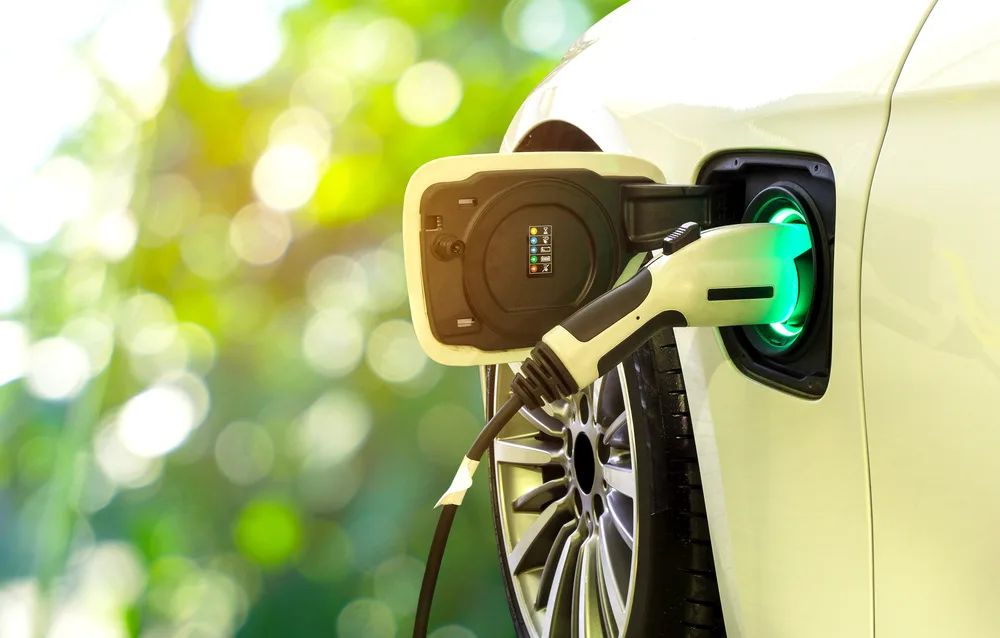
Grant from Biden infrastructure law to help install 185 EV charges around Las Vegas valley
A $3.2 million grant from the US Department of Transportation will help fund and install electric vehicle charging stations in primarily...
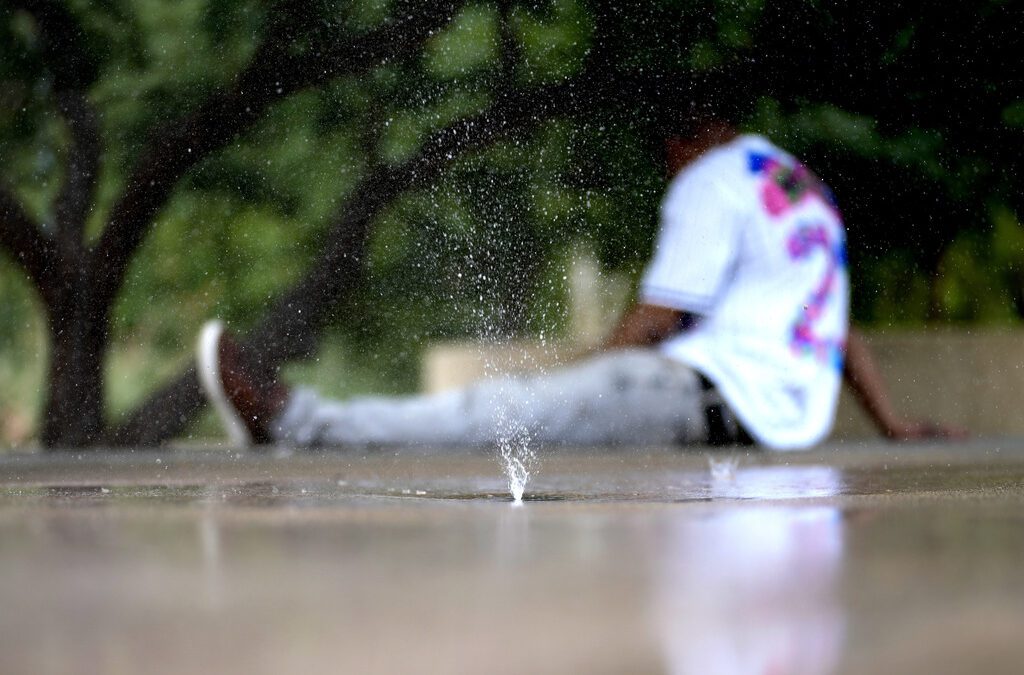
Almost 500 people have died from extreme heat in Las Vegas in 2024, officials say
Factors relating to extreme heat accounted for 491 deaths and more than 3,500 emergency room visits, according to Clark County officials, as Las...
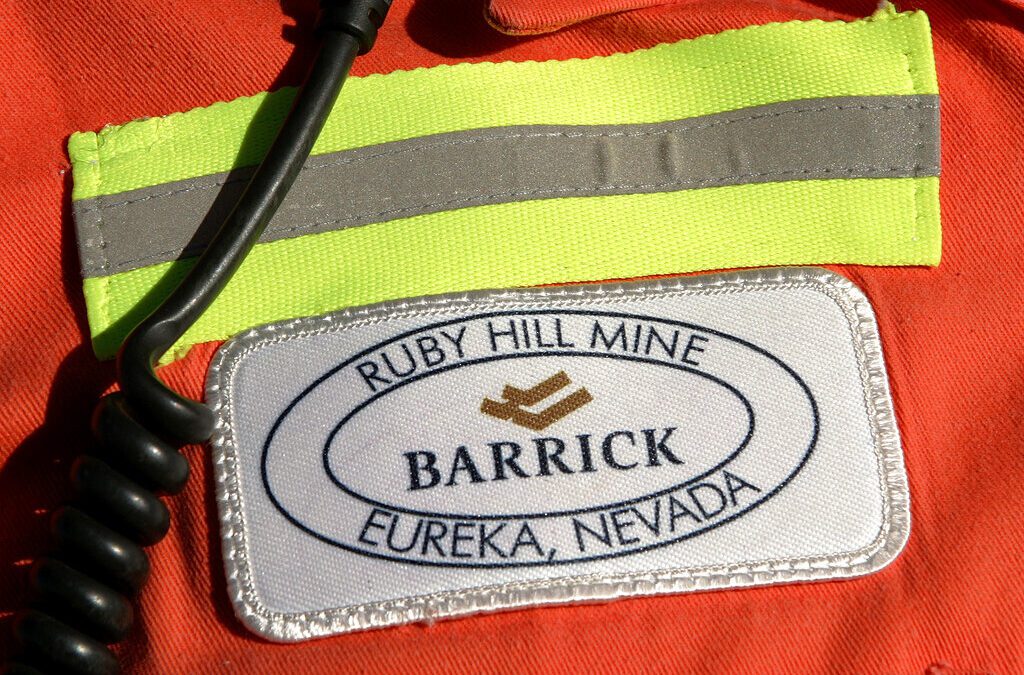
Nevada gold mining venture selected for $95M solar project
After being awarded a federal grant to help decarbonize the mining industry, Nevada Gold Mines hopes to build two on-site solar panel and battery...




